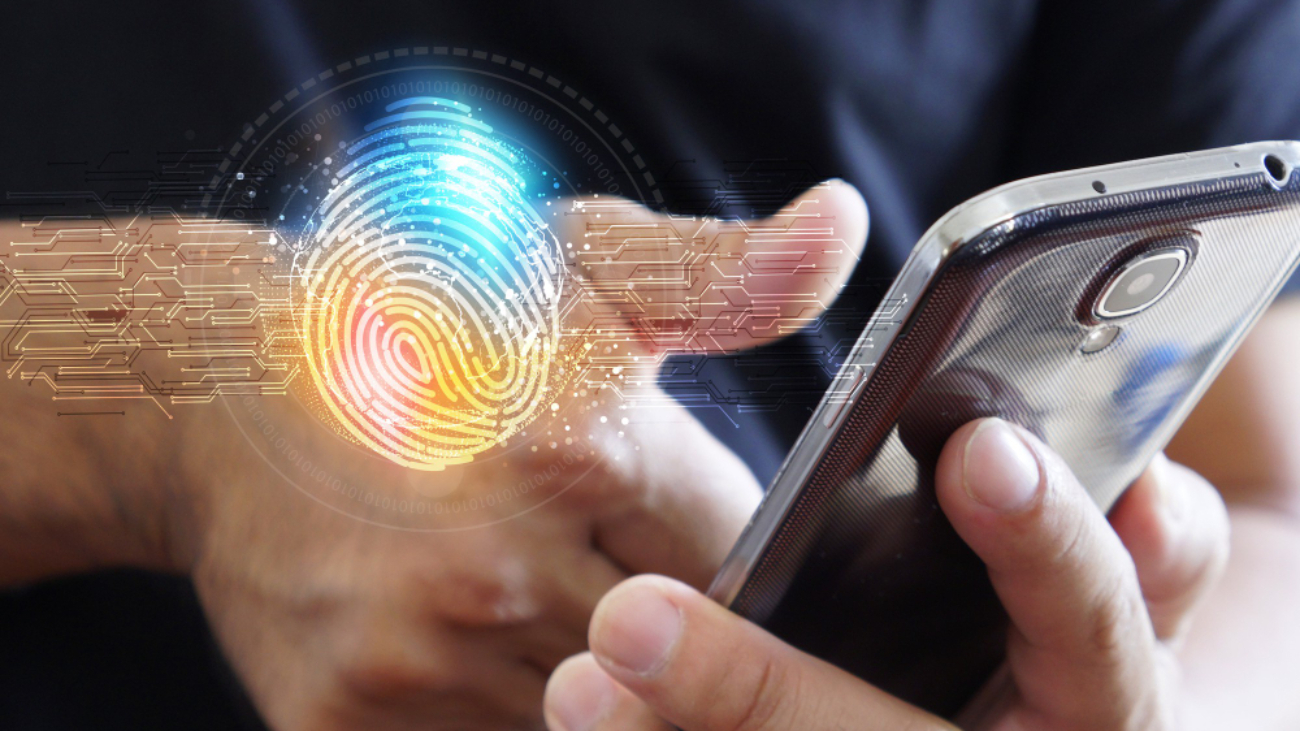As biometric systems are increasingly adopted worldwide, there is a growing need for multi-modal biometric systems that provide excellent protection and reliability against single-modal biometric systems observed by Bahaa Abdul Hadi. Challenges like false acceptances and rejections, non-universality, and spoof attacks have necessitated the development of a unique approach that enhances matching accuracy, population coverage, and security.
What is a Multi-modal Biometric System?
A multi-modal biometric system gathers physiological and behavioral data from several biometric samples to measure and examine individual features. By fusing two or more biometric modalities, a multi-modal biometric system presents a better approach to identification and authentication.
Multi-modal biometrics recognition is useful for different applications, such as:
- Access control
- Attendance logging
- Face surveillance
- Network security
- Suspect identification
While the physiological identifiers include facial geometrics, fingerprints, and iris patterns, the behavioral identifiers relate to distinct characteristics, such as gait, typing rhythm, and voice. Levels of fusion in multi-modal biometric systems fall into pre-classification (fusion prior to matching), post-classification (fusion after matching), and hybrid (more than one fusion level) categories.
Benefits of Multi-modal Biometrics
Multi-modal biometric systems are known for near-zero image acquisition and matching errors. The superior level of accuracy is demonstrated by an almost nil failure-to-acquire (FTA) rate, failure-to-enroll (FTE) rate, false match rate (FMR), and false non-match rate (FNMR).
Let us look at various benefits of multi-modal biometrics over single-modal systems:
Ensure greater accuracy: Using more than one physiological feature helps in extracting usable identification data from biometric samples.
Unlike uni-modal biometric systems, multi-modal biometric systems ensure robust authentication with multiple biometric identifiers.
Reduce data distortion: Multi-modal biometric systems can overcome the limitations of uni-modal biometric systems in cases of unacceptable sample quality.
For example, if a fingerprint scanner rejects a fingerprint image due to poor quality, facial recognition can be used to lower the false reject rate (FRR).
Difficult to spoof: Unlike uni-modal biometric systems, the integrated biometric modality range of multi-modal biometric systems makes it difficult to spoof the biological traits of enrolled users and prevents access to sensitive data.
Facilitate inclusion: The universality of multi-modal biometric systems does not limit biometric authentication to a standalone biometric credential. Therefore, individuals with physical disabilities also benefit from multi-modal biometric systems.
Advancements in biometric technologies are accelerating the development and deployment of multi-modal biometric systems with higher threshold recognition capabilities and resilience to spoof attacks.
Compared to single-modal biometric systems, multi-modal biometric systems provide greater accuracy, efficiency, and inclusion to build a better future with enhanced data integrity and security.
Thank you for your interest in Bahaa Abdul Hadi Blogs. For more information, please visit www.bahaaabdulhadi.com.







